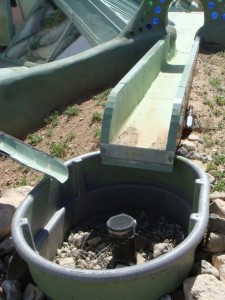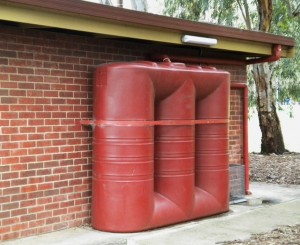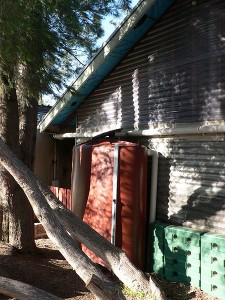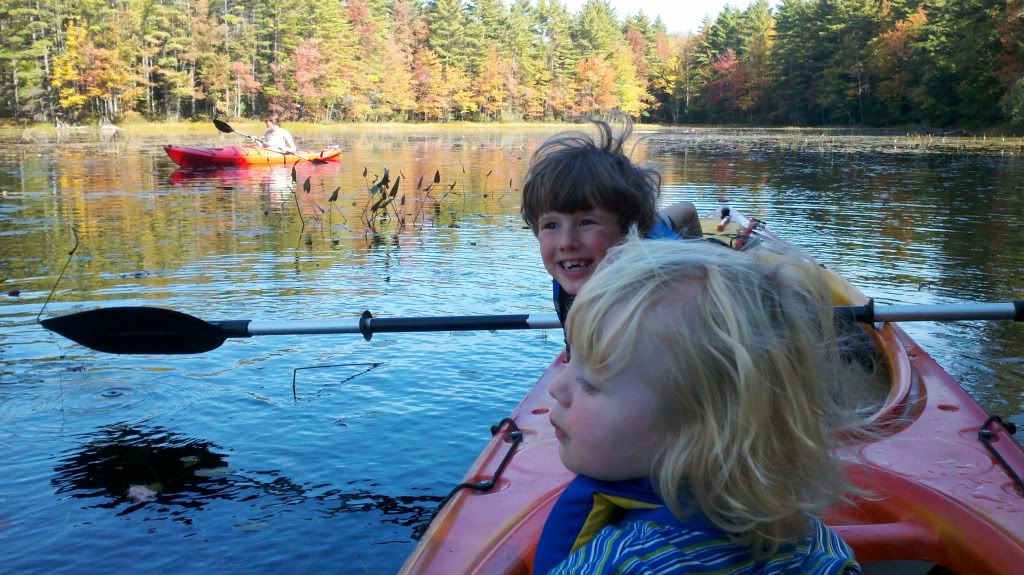If you live by any type of body of water, there’s a kayak designed to paddle it. Rivers, lakes, oceans, and everything in between can be explored in a fairly eco friendly way with a kayak. In fact, because they’re so quiet and maneuverable you almost always get to see some amazing things when paddling a kayak; things that the whole family will love.
Some might wonder how possible it is to kayak with kids but it’s actually a lot of fun. Here are a few things we’ve noticed over the years that seem to help make a more successful kayak trip for everyone – and make it possible for the whole family to enjoy the amazing journey only a kayak can take you on.
Safety First
It’s not just a motto it’s gotta be reality no matter what you’re doing on the water. Because it’s so simple and basic, some think you can just hop in a kayak and have a blast whether you’re experienced or not. But, just because kayaking is so fairly simplistic doesn’t mean bad things can’t happen to the un (or even under) prepared.
Of course life jackets for everyone are essential – even those who can swim. To make wearing life jackets easy on kids and adults alike, go ahead and spring for the more expensive, cut for kayaking life jackets for anyone who is paddling. They also make nice life jackets for young children that are a lot more comfortable to wear for a few hours than the traditional orange square ones.
Also, while not required, consider taking a kayaking safety course. Knowing what to do if/when the boat flips or takes on water is essential. Plus they can teach you a lot of other safety info during classes like these too including CPR, First Aid, and general water safety.
It’s nice to have a safety pack or bag that you can keep well stocked in the hull of the boat with first aid supplies, a bilge pump, and any other safety supplies your kayaking trip might require too. This way, you’ll always have what you need no matter what comes up.
Get to Know the Trip Yourself Before Taking The Kids
If you don’t know the area, and even if you do, try taking the paddle yourself first before taking the whole family along. You never know what you might run into, especially given that many bodies of water you might kayak change depending on the time of year and level of rainfall received. These changes can result in unique challenges you might not be expecting if you don’t know the route.
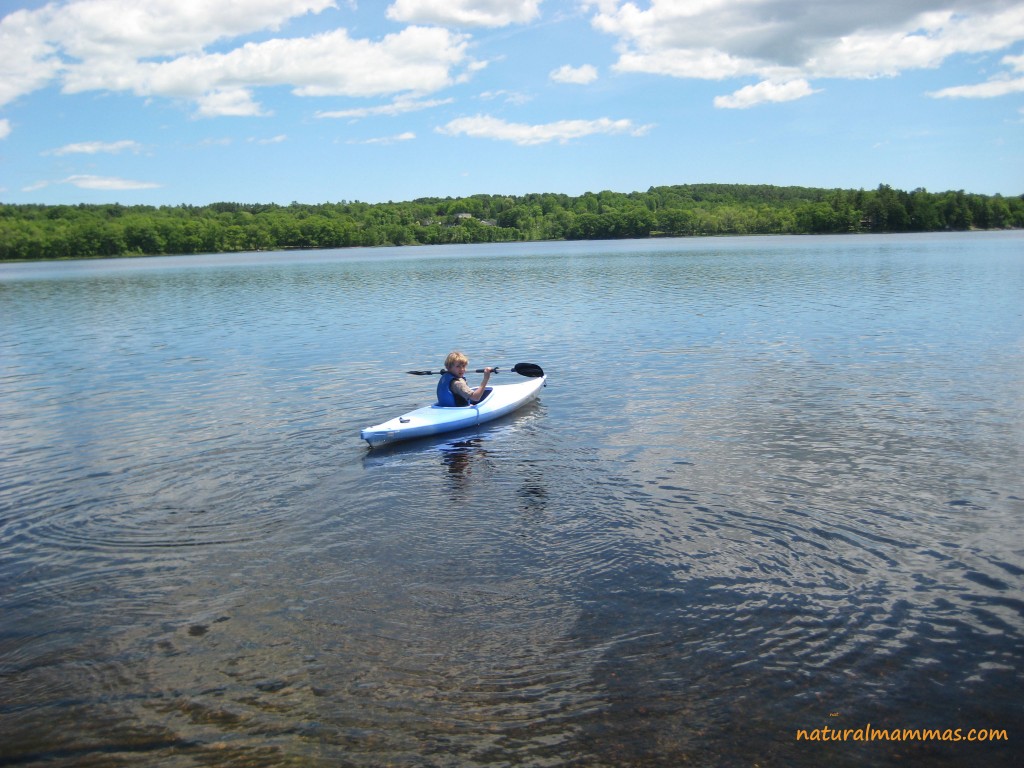 If you can’t get in and paddle the planned route without kids first, research the heck out of the trip. Kayakers are generally a nice bunch of people and they love to share information about paddles in their area. You can find info on good family kayaking trips and other area paddling info in many ways including through local nature organizations, books, and especially online.
If you can’t get in and paddle the planned route without kids first, research the heck out of the trip. Kayakers are generally a nice bunch of people and they love to share information about paddles in their area. You can find info on good family kayaking trips and other area paddling info in many ways including through local nature organizations, books, and especially online.
Snack, Snacks and MORE Snacks
Now that everyone is safe and sound, it’s time to talk snacks. I have yet to meet a kid that doesn’t like to snack and when you’re out playing in nature and working hard, snacks are definitely needed to keep everyone fueled and at their best.
Snacks also make a fun distraction, especially for the little non paddlers in the group! As amazing as kayaking is, a 2 or 3 yr old can only stay engaged in one activity for so long; especially if it requires sitting still. Finger foods like crackers or cut up fruit take them a bit to eat and will keep them happily entertained thereby keeping the rest of the family happy too!
Take Enough Water
Whenever you’re out playing in nature, be sure to have plenty of water. A good sized water bottle for each person plus at least one extra is a good rule of thumb. The bigger the people on the trip, the bigger the water bottles need to be.
If you’re up for it, don’t hesitate to invest in a portable water purifier. These trusty little gadgets can come in handy when kayaking, hiking, camping, and in many other situations too.
Stops Can Make All The Difference
When you have kids of any age out on a kayak paddle with you stopping to swim, hike or at least picnic is really important. We’ve found the boys have more fun on paddles where we plan to get out at least once. It’s not always possible but when it is everyone has a better time.
Plan Short Trips At First
Until you know how everyone will fair, plan short trips at first. Some kids will really enjoy kayaking, they’ll have enough strength to paddle and have a great time. Others not so much. Try short trips when everyone is first starting out to make the journey more successful and fun. This will help keep the kids interested and encourage them to want to go kayaking again.
This is particularly important if you have little ones in tow. It’s never pleasant to have to paddle back to the dock with a crying baby who would have been in much better shape had you stopped 20 min ago. Then everyone would have gotten out of the boats with smiles on their faces, instead of the frustration they’re feeling now after hearing baby screams the whole way home.
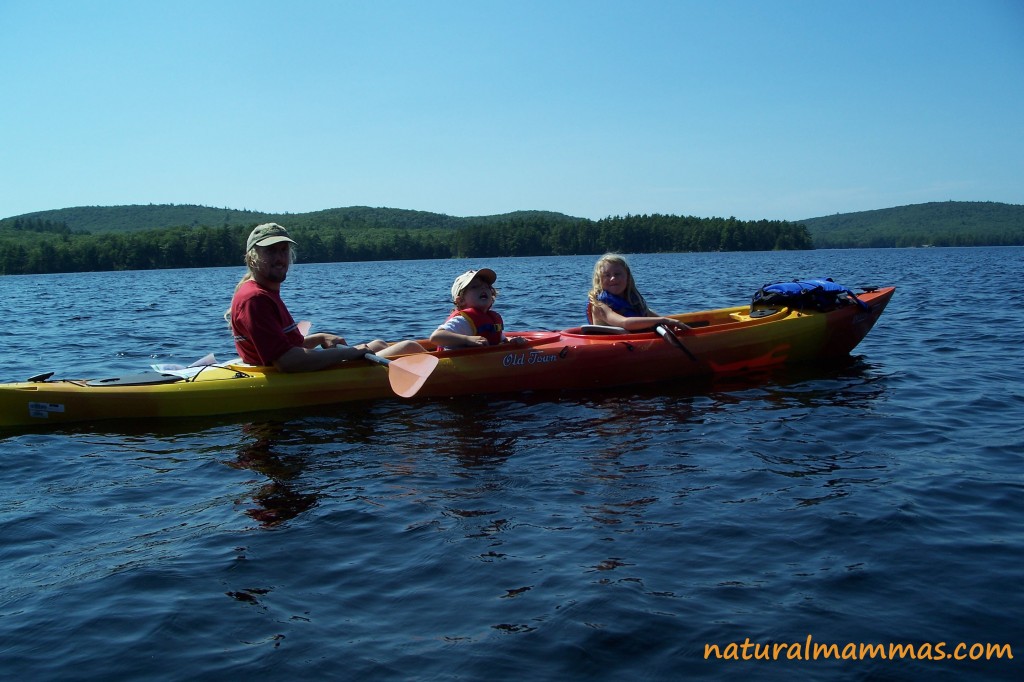 Tandem Kayaks Are Awesome For Families
Tandem Kayaks Are Awesome For Families
When we were buying our kayaks we weren’t totally sure about getting a tandem, but, we went for it and it’s fantastic for this natural family! Hubs is in the back always paddling and the littlest has a great space right with him to play, sleep, and just hang out; complete with his own drink holders and little stash spot any kid would love!
Then, the older child who is learning to paddle but not yet ready for their own boat is in front. They can take more breaks as needed while hubs is still in the back moving everyone along. Yes, it gets hard for him at times (especially in choppy waters) but, it’s manageable and, best of all, it lets the kids learn to kayak without feeling overwhelmed or over exerted. Instead, it’s fun, and, as a result, something they want to do again and again.
Kayaks Made For Kids Are Great Too
As your children get older and seem ready to get out of the tandem kayak, consider getting them their own boat made just for kids. Our oldest son started paddling his own boat out of ability and necessity. We had a baby old enough to sit in the jump seat, a middle boy who wanted to get up front and to learn to paddle and, we felt oldest was strong enough to go it alone.
He was and then some! They make kid’s kayaks VERY lightweight so they’re easy to paddle and maneuver. At 9 he could zip around all of us in his own boat building upper body strength and tons of confidence. Now, at 11, he has a blast in his own boat. And, while he finds paddling the tandem fun, he really enjoys his own time in his own kayak the most.
In addition to these tips for a successful, fun family kayak trip, here in New England, we also don’t take the kids in the ocean until they’re much older. This is only because even in the height of summer the ocean waters here stay pretty cold and, as a result, if something happens you only have so much time. Plus in the oceans (and large lakes like The Great Lakes) the potential for things to happen is in and of itself larger for a lot of different reasons. So, we just haven’t done it yet, but the talk is brewing and as oldest gets on toward his teens he really wants to get out there – and he will – eventually!
Also, if you have non paddlers going with you, be sure to bring along some favorite toys, books, and even drawing materials. We’ve found in addition to having the plethora of snacks as mentioned above, having little boxes or bags of toys along for the ride can really help make for a more positive experience for the children who just aren’t ready to paddle yet but want to go along on the journey all the same.
The main lesson we’ve learned from our years of kayaking with our little natural family, if you’re prepared, kayaking with kids can be a fantastic adventure! One that will not only be fun that day, but will help build a life long love of nature that will serve them positively in many ways for years and years to come.

